A high-converting landing page begins with a laser-focused objective. Unlike a homepage, which may serve as an introduction to your brand, a landing page should focus on one specific action. Too often, businesses try to accomplish too many things on a single page, leading to confusion and lower conversion rates.
When visitors arrive on your landing page, they should instantly understand the purpose of the page and what action you want them to take. Clarity is your greatest ally.
Why a Clear Goal Matters
When your landing page tries to do too much, visitors may feel overwhelmed or distracted. They might click around aimlessly, lose interest, and leave without taking any action. On the other hand, a clear, single goal creates a frictionless user experience, guiding visitors toward the desired outcome.
For example:
- Homepage: “Here’s what we do, explore our site.”
- Landing Page: “Sign up for our free trial today!”
A well-defined goal aligns your page content, design, and calls-to-action, making it easy for visitors to understand what’s expected of them.
How to Define Your Landing Page Goal
Here are a few steps to help you pinpoint the purpose of your landing page:
- Ask Yourself:
- What is the primary action I want users to take?
- Who is my target audience for this page?
- What problem am I solving for them?
- Choose a Specific Action:
The goal could be any of the following, but pick just one:- Collect email addresses through a lead capture form.
- Encourage users to make a purchase.
- Drive webinar registrations.
- Prompt users to download a resource (e.g., ebook or whitepaper).
- Avoid Multiple Goals:
Pages with conflicting CTAs, such as “Buy Now” alongside “Sign Up for Updates,” confuse users. Stick to one objective to maximize conversions.
Structuring Your Landing Page for a Clear Goal
Once you’ve defined the goal, structure your landing page to support it. Here’s how:
Headline
Your headline should communicate the main purpose of the page. For example:
- If your goal is to generate leads: “Download Our Free Guide to Boost Productivity.”
- If your goal is to drive purchases: “Order Today and Save 20%!”
Subheadline:
Use a subheadline to reinforce the goal and add more details, such as the value or urgency of the offer. For example:
“This free guide has helped 10,000+ professionals reclaim their time.”
Body Copy:
- Every word on your page should work toward achieving the goal. Eliminate irrelevant information and focus on explaining the benefits of taking the desired action.
Call-to-Action (CTA):
Your CTA is the focal point of your landing page. Make it stand out with a strong, action-oriented statement like:
- “Start My Free Trial Now”
- “Claim Your Discount Today”
Visual Design:
- Use design elements (arrows, images, or contrasting colors) to guide visitors’ eyes to the CTA.
- Eliminate unnecessary clutter, such as extra navigation links or unrelated graphics.
Common Mistakes to Avoid
- Too Many CTAs: Offering multiple actions (e.g., “Sign Up” and “Read Our Blog”) distracts visitors. Keep it simple.
- Unclear Messaging: If visitors can’t understand the goal within 5 seconds, they’ll bounce. Use concise, benefit-driven language.
- Overloading with Information: A landing page isn’t the place to explain every detail of your product or service. Focus on the essentials that lead visitors to take action.
Example of a Clear Goal in Action
Let’s say you’re a SaaS company offering project management software. Your landing page goal is to get visitors to sign up for a free trial. Here’s how the page might look:
Headline: “Get Organized in Minutes with [Software Name]”
Subheadline: “Start your free 14-day trial and discover how 10,000+ teams stay productive.”
Body Copy: Briefly explain key features and benefits, focusing on how they solve pain points (e.g., “Save 10+ hours a week with streamlined task management.”).
CTA: “Start My Free Trial Now”
This focused approach leaves no room for ambiguity and drives visitors toward the desired outcome.
Landing Pages Need to Eliminate Confusion
When your landing page has a clear, singular goal, you eliminate confusion and make it easier for visitors to take action. Remember: every element on the page should work together to achieve this goal. If it doesn’t, cut it.


